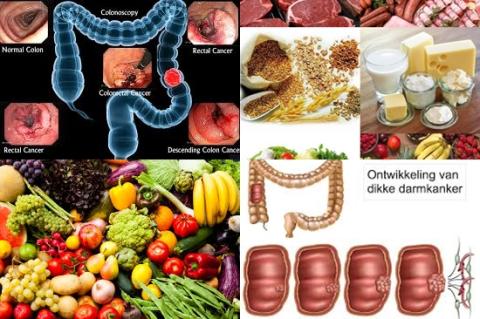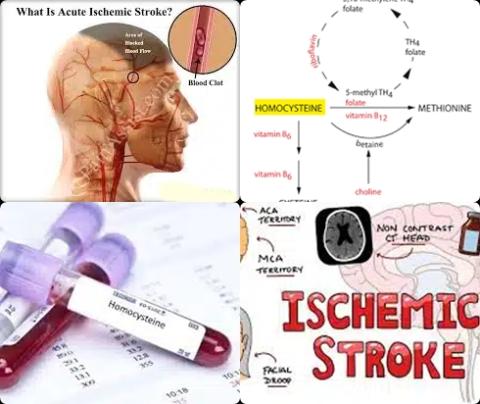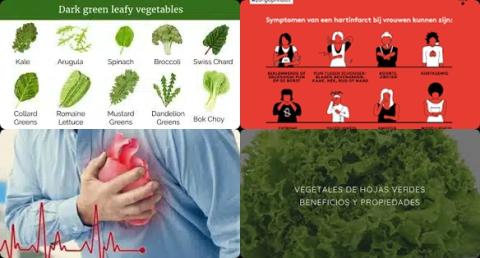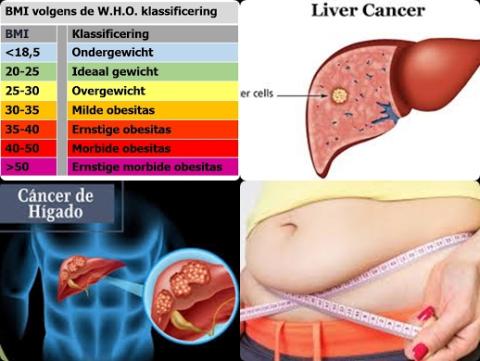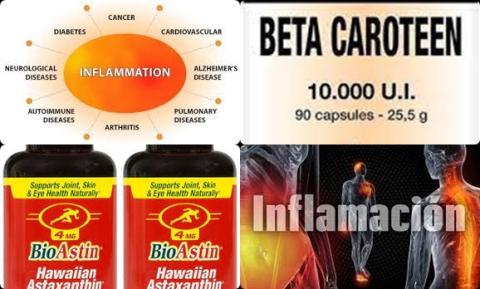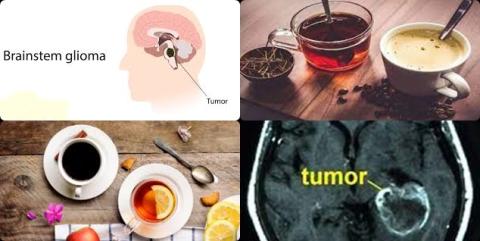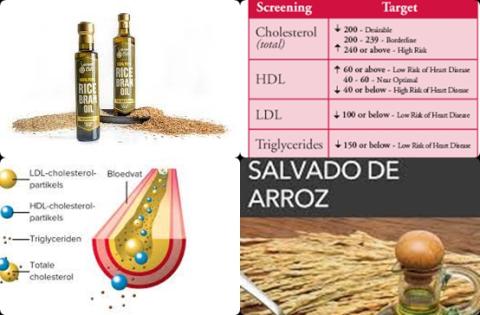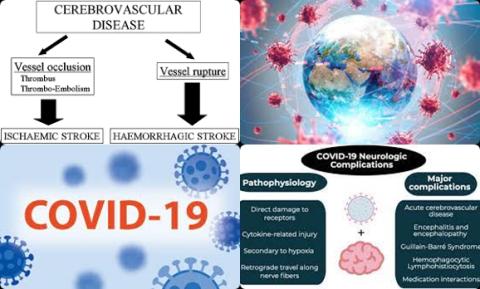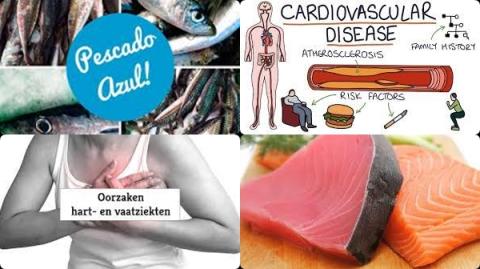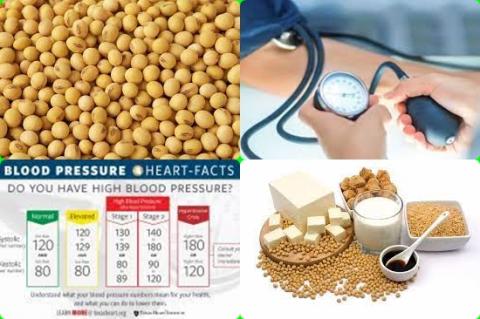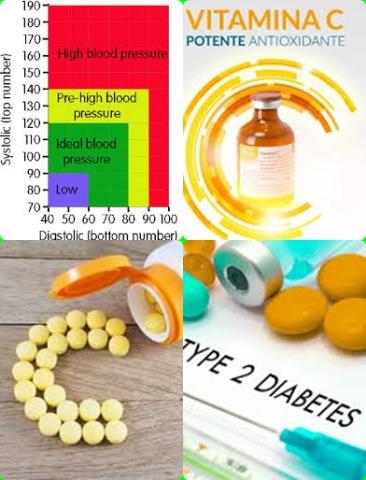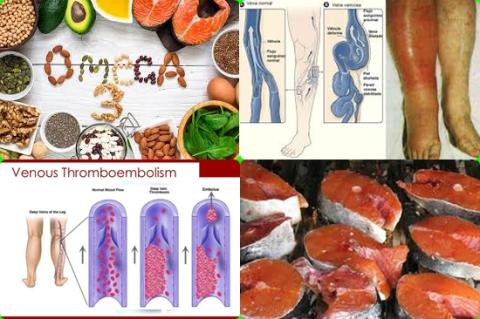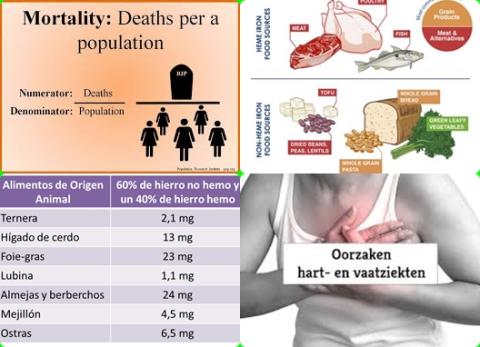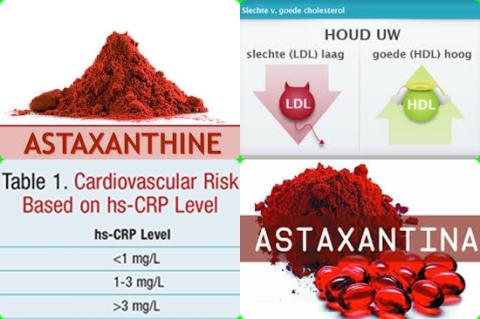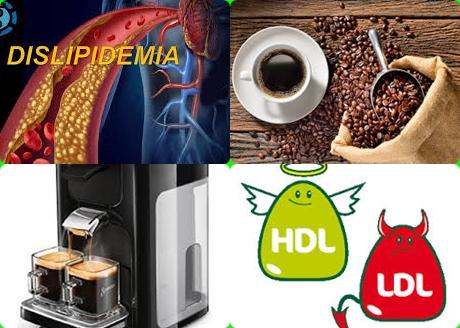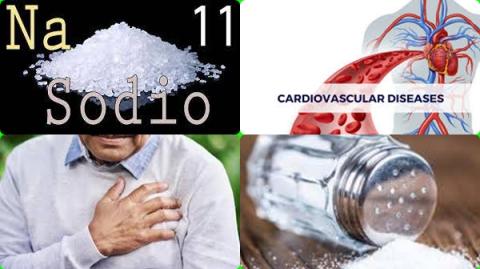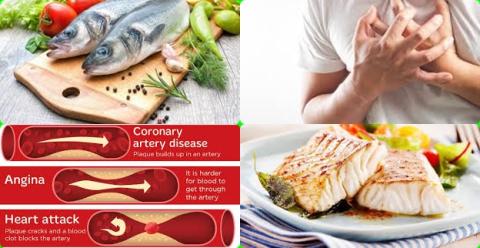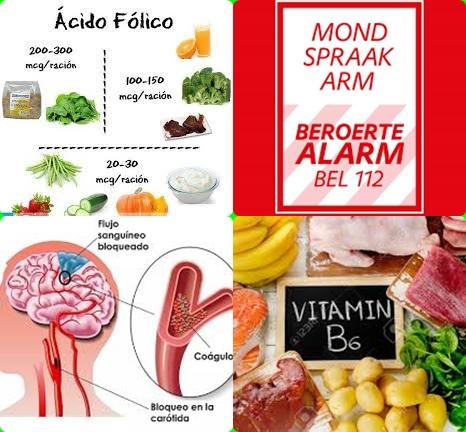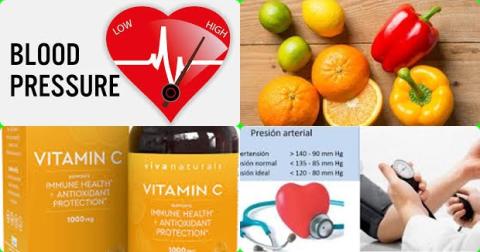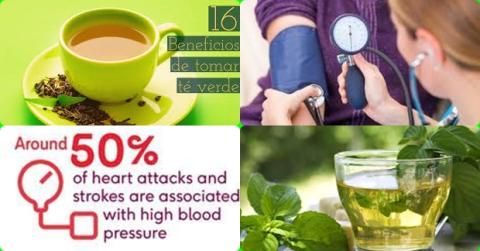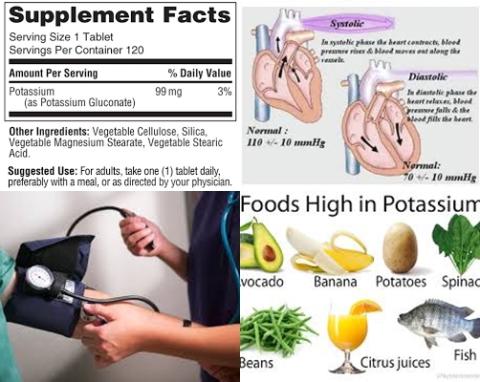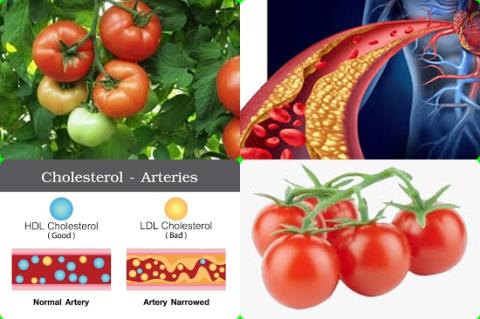Onion causally increases good cholesterol
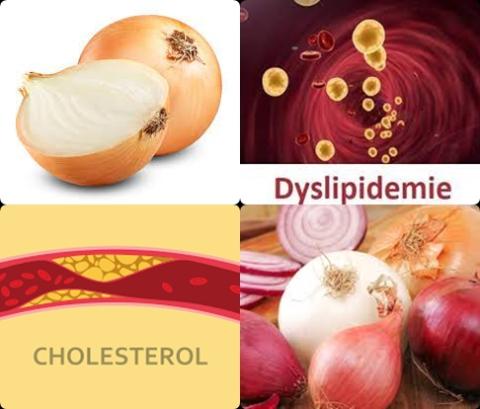
Objectives:
Studies indicate that onion supplementation may be effective in the treatment of dyslipidemia; however, the results remain controversial. Therefore, this review article has been conducted.
Does supplementation of onion improve levels of cholesterol and triglycerides or in other words, does eating onions causally lower cholesterol and triglycerides levels?
Study design:
This review article included 10 RCTs with 446 participants, that were randomly assigned to either the placebo group or the onion group.
The number of participants in each study ranged from 12 to 92.
The duration of intervention in the included studies ranged from 2 to 12 weeks.
There was no evidence of publication bias.
Results and conclusions:
The investigators found the pooled findings of 10 studies showed that onion supplementation significantly increased high-density lipoprotein cholesterol (good cholesterol or HDL cholesterol) levels [MD = 2.29 mg/dL, 95% CI = 0.87 to 3.72, I2 = 0%], when compared to the control group.
The investigators found the pooled findings of 10 studies showed that onion supplementation significantly decreased low-density lipoprotein cholesterol (bad cholesterol or LDL cholesterol) levels [MD = -6.64 mg/dL, 95% CI = -10.91 to -2.36, I2 = 32%], when compared to the control group.
The pooled effect size of LDL cholesterol was not affected by any of the studies in sensitivity analysis.
The investigators found the pooled findings of 10 studies showed no association between onion supplementation and lower triglycerides (TG) levels [MD = -6.55 mg/dL, 95% CI = -15.64 to 2.53, I2 = 45%], when compared to the control group.
The investigators found the pooled findings of 9 studies showed that onion supplementation significantly increased total cholesterol (TC) levels [MD = -5.39 mg/dL, 95% CI = -10.68 to -0.09, I2 = 49%], when compared to the control group.
The investigators found in subgroup analysis that onion supplementation showed a greater benefit in lowering total cholesterol [MD = -17.23 mg/dL, 95% CI = -27.99 to -6.47, I2 = 8%] and LDL cholesterol levels [MD = -12.70 mg/dL, 95% CI = -23.12 to -2.27, I2 = 0%] in subjects with dyslipidemia.
The investigators found in subgroup analysis that onion supplementation longer than 10 weeks showed more increases in HDL cholesterol concentrations [MD = 2.81 mg/dL, 95% CI = 1.08 to 5.54, I2 = 17%].
The investigators concluded supplementation of onion is beneficial to control dyslipidemia, including improving levels of HDL, LDL and total cholesterol, but could not reduce triglycerides levels. The therapeutic benefits of onion for dyslipidemia need to be treated with caution considering that some of the results are not robust.
Original title:
Effect of onion on blood lipid profile: A meta-analysis of randomized controlled trials by Huang W, Tang G, [...], Wei Z.
Link:
https://www.ncbi.nlm.nih.gov/pmc/articles/PMC8269690
Additional information of El Mondo:
Find more information/studies on vegetable consumption, lowering cholesterol and cardiovascular disease right here.
Dyslipidemia is defined as having blood lipid levels that are too high or low. Blood lipids are fatty substances, such as triglycerides and cholesterol.
A causal relationship can be found in RCTs.
